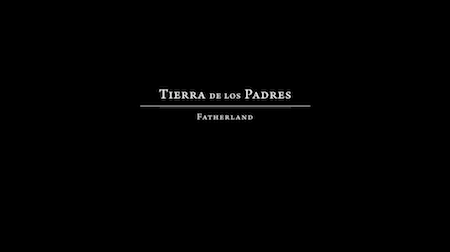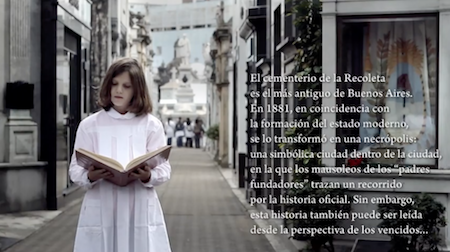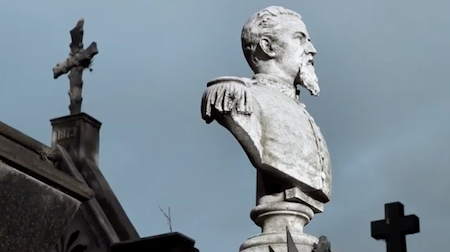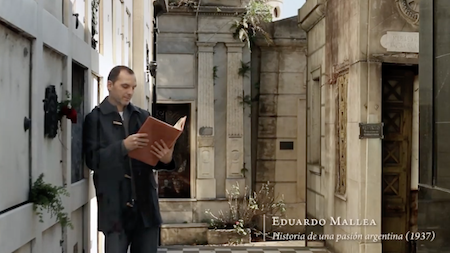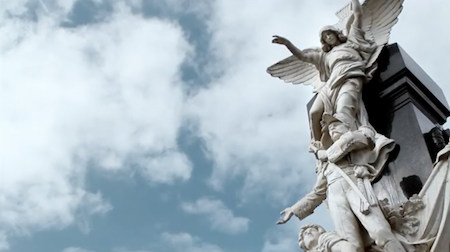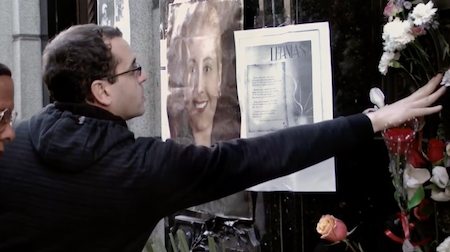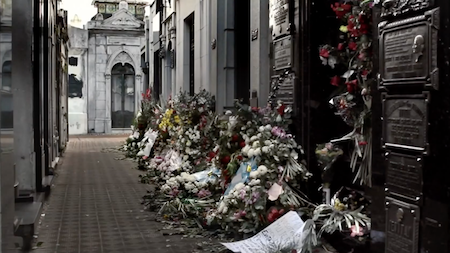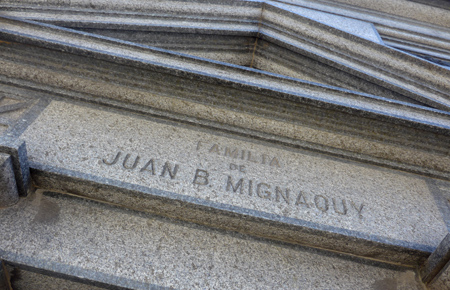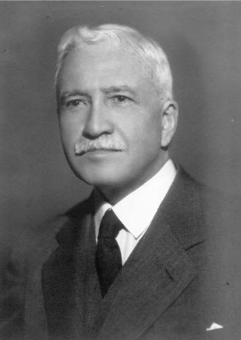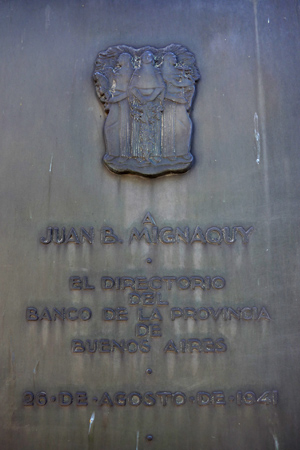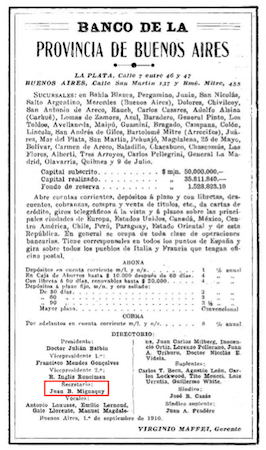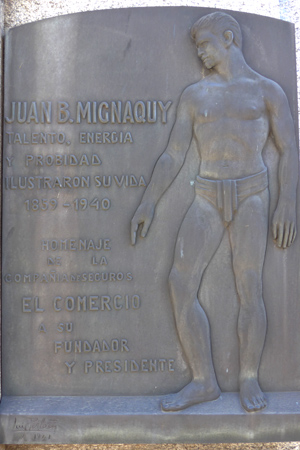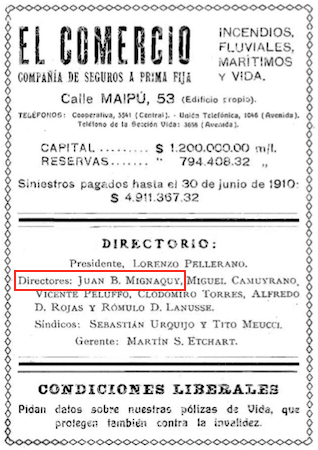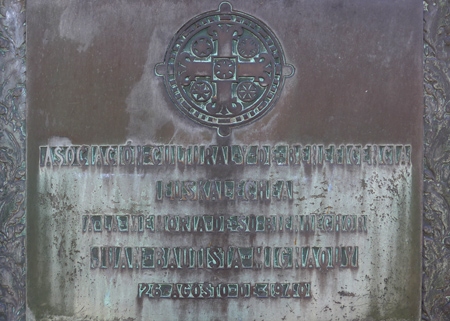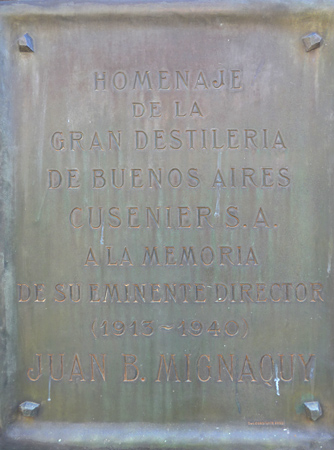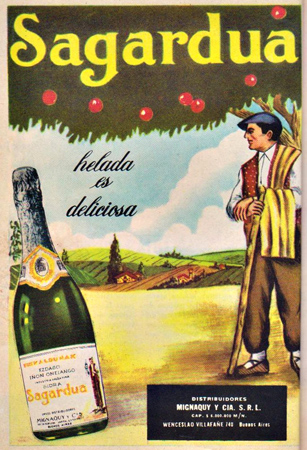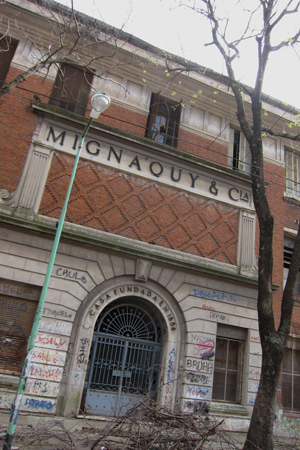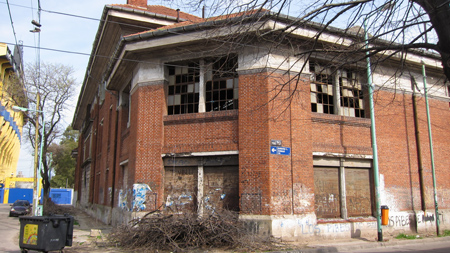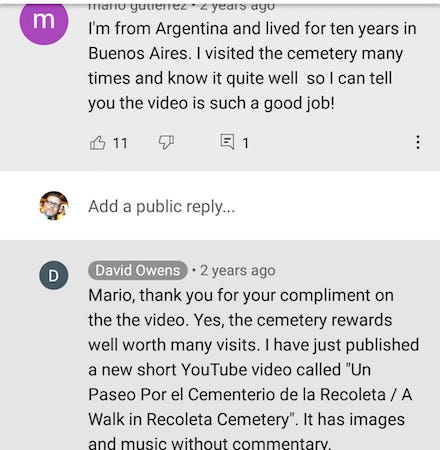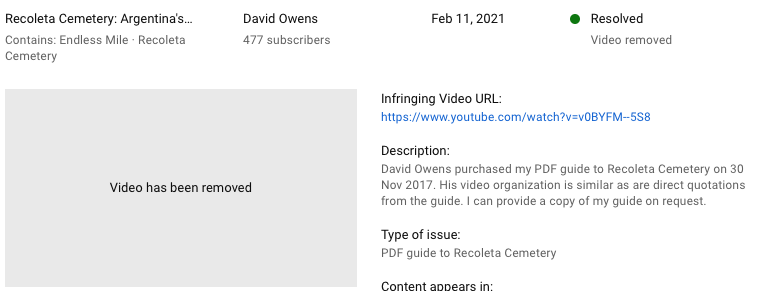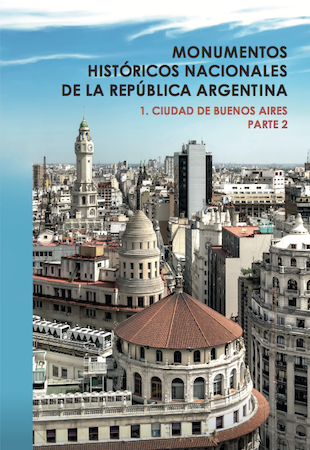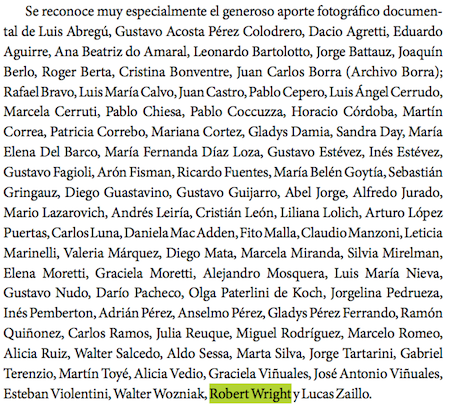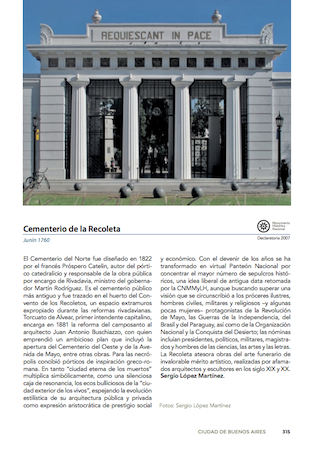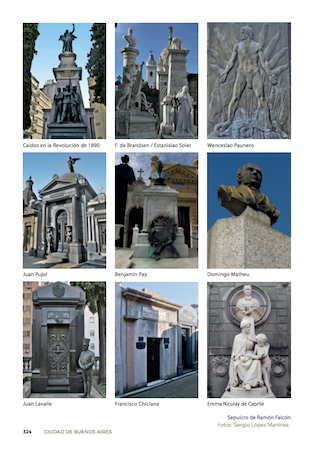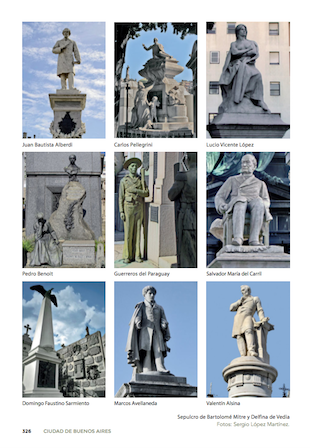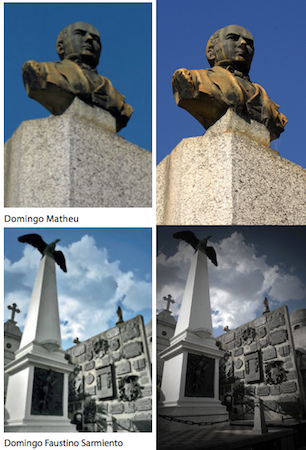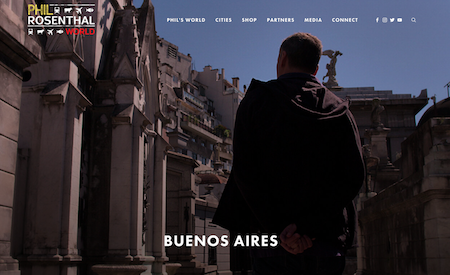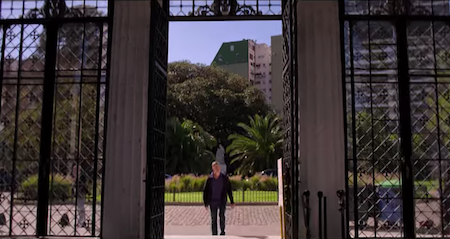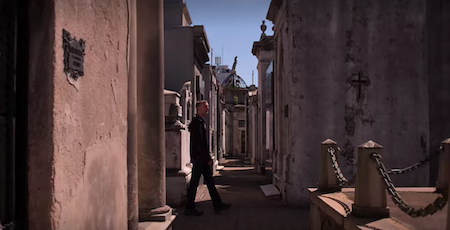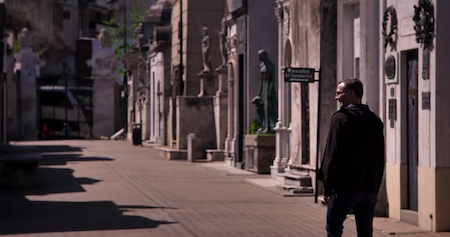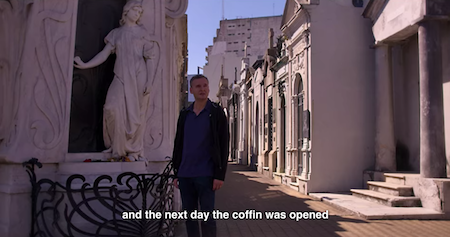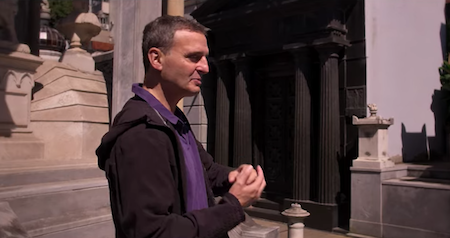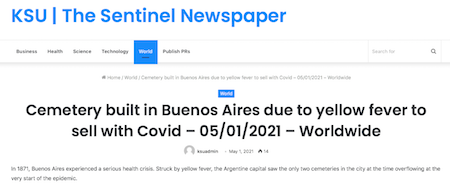
This article appeared in the online edition of the Kennesaw State University official student newspaper. Although this Georgia university publication has received awards & praise, there are a few major errors in this article that warrant some fact-checking & revision…
Cemetery built in Buenos Aires due to yellow fever to sell with Covid
In 1871, Buenos Aires experienced a serious health crisis. Struck by yellow fever, the Argentine capital saw the only two cemeteries in the city at the time overflowing at the very start of the epidemic.
Faced with death figures rising to 700 a day, authorities saw no other solution than to hastily open a new cemetery – that of Chacarita, which ended up receiving most of the 18,000 victims. of disease. At the time, Buenos Aires had no more than 180,000 inhabitants.
- Our comment: City historians generally estimate the number of yellow fever victims as 14,000, or 10% of the population of Buenos Aires, with burials taking place first in the Southern Cemetery & later in Chacarita Cemetery.
Today, 150 years later, expanded and with new areas intended only for those killed by the coronavirus, Chacarita cemetery is once again on the edge. The employees, members of the park and cemetery workers union, have asked the Ministry of Labor to be vaccinated as soon as possible, otherwise they will participate in a nationwide strike and stop collecting bodies and taking them to their graves.
“We were classified as essential from the first moment because we had to keep working to keep the flow of burials going. Now, at the time of vaccination, we are not considered essential and we go to the end of the line,” says Folha Salvador Valente, from Soecra (Union of Cemeteries Workers and Employees of the Argentine Republic).
“It’s not fair, we are much more exposed than the general population, we are on the front lines, as doctors, and we have already lost many colleagues.”
- Our comment: The SOECRA union secretary is Salvador Valente. Folha is a Portuguese word that means “leaf”, “sheet of paper” or “page”. Oh, I know where this is going…
A first request for priority vaccination and additional protective equipment, made in January, was refused by the government. For this reason, cemetery workers returned to register the same demand this week, now with the threat of a strike. If it is a national problem, it is in the metropolitan area of Buenos Aires, epicenter of the pandemic in Argentina, that the situation is most serious.
The traditional cemetery of Recoleta has been crowded for some time and today it functions more as an open-air museum, as it no longer receives new burials. There is also a more popular cemetery in the Flores neighborhood – another opening up an exclusive area for the dead by Covid – which, like Chacarita, is saturated.
- Our comment: Completely false that Recoleta Cemetery no longer receives new burials. It is still a functioning cemetery.
La Chacarita is the largest in the city in activity and one of the most emblematic of the Argentine capital. He buried the idol of the tango Carlos Gardel, the writer Roberto Arlt, the plastic artist Antonio Berni and the composer Enrique Santos Discépolo, among other celebrities.
The cemetery also housed the body of Juan Domingo Perón for many years, until his grave was attacked, and the hands of the former president uprooted and stolen, in 1987. The reason for the crime and the fate of the Perón’s hands remain unknown, in another mysterious story of local politics.
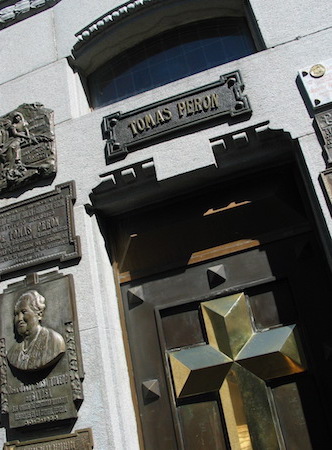
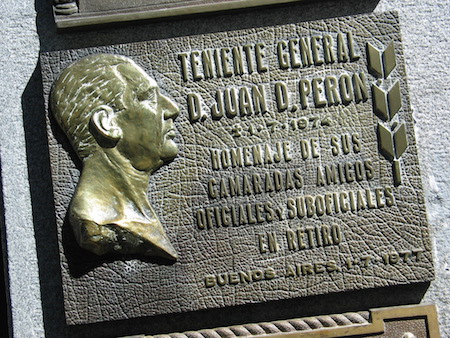
“Chacarita is an Argentinian heritage. It is the cemetery that is home to popular culture icons, football players, tangueiros, actors, in addition to Perón to a certain extent. [após o sequestro das mãos, o resto do corpo foi levado a uma propriedade particular da família]“If the Recoleta cemetery is that of the aristocratic elite of the 19th century, that of Chacarita is that of popular culture,” says historian Felipe Pigna.
- Our comment: More random Portuguese! So this article was lifted from the Brazilian newspaper Folha de São Paulo. But why use a Brazil source for an article about Argentina? Odd to say the least.
For the researcher, it is important to preserve the cemetery both as a place of functioning and as a memory of the porteños. “As much as the current pandemic is causing great suffering to the city, we must remember the nightmare of yellow fever and how frightened the people were. At that time, it was not known that the disease was transmitted by a mosquito. There was an important crisis policy and even the president [Domingo Faustino] Sarmiento left town, “Pugna recalls.” Buenos Aires was in charge of a commission of notables, doctors, politicians, who were also dying.
The historian recalls that at that time, the so-called “death train” also circulated in the city, a locomotive of a wagon that crossed the Argentine capital to pick up the dead from their homes.
Valente, from the cemetery workers union, recalls that today they collect corpses from their homes and accompany them to the grave. “Due to the current protocol, only a loved one can be present at the funeral, in addition to one of our employees. In other words, our role in this pandemic is essential,” he recalls. “There are private funeral homes that had to close because all the employees were infected. We are working overtime and at our limit. We want the vaccine so that we don’t have to interrupt our work.
In response, the government claims to be assessing demand, but Argentina suffers from a vaccine shortage. The main government contract with the Russian laboratory Gamaleia has been delayed and deliveries of the Sputnik V immunizer are taking too long. Likewise, drugs purchased from AstraZeneca and Chinese Sinopharm arrive in smaller quantities than promised.
So far Argentina has only vaccinated 15% of the population with one dose and 2% with both.
Glaring errors aside, cemetery workers should be considered frontline workers just like health care providers. They provide an essential service in normal times & even more so during a pandemic.
Leave a Comment